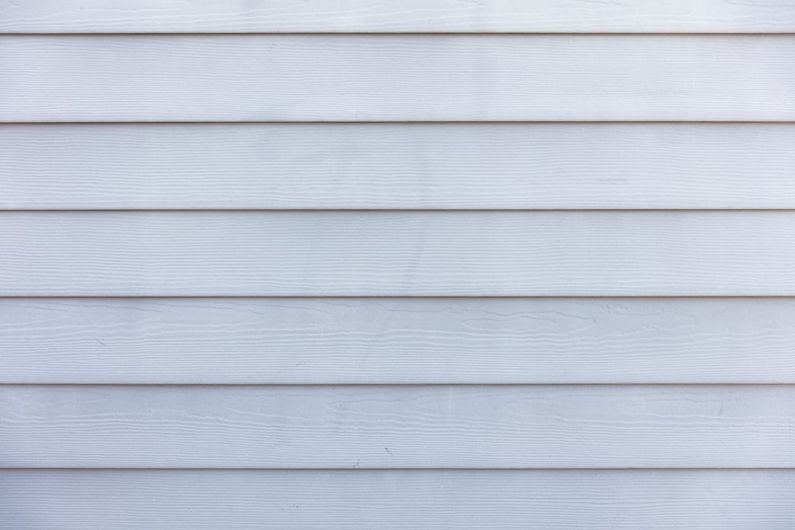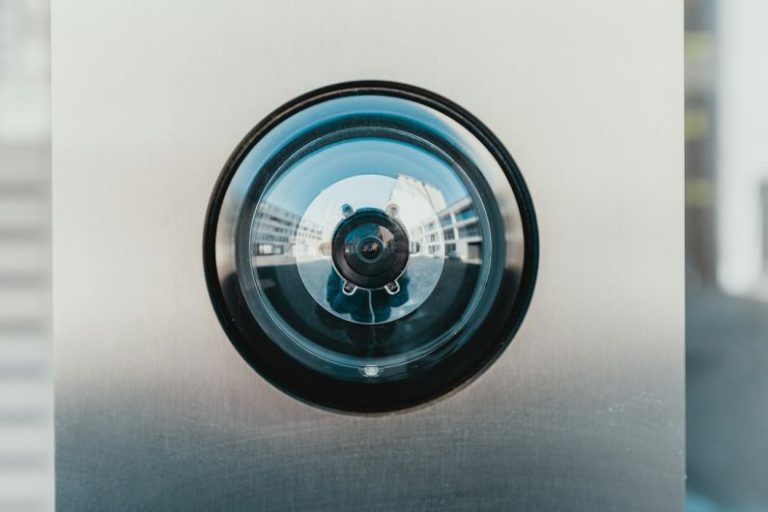How to Winterize Your Home to Save on Heating?
Winter is fast approaching, and with it comes chilly temperatures and increased energy costs. However, there are several steps you can take to winterize your home and save on heating expenses. By making a few simple adjustments and implementing energy-saving techniques, you can keep your home warm and cozy while reducing your environmental footprint and saving money on your utility bills. In this article, we will explore some effective strategies to winterize your home and maximize its energy efficiency.
Seal Drafts and Leaks
One of the most effective ways to reduce heat loss in your home is by sealing any drafts or leaks. Start by inspecting windows and doors for any gaps or cracks and apply weather stripping or caulk to seal them. Additionally, consider using draft stoppers or door sweeps to prevent cold air from entering your home. Don’t forget to check for any gaps or cracks in the walls, floors, and ceilings as well, and seal them accordingly.
Insulate Your Home
Proper insulation is key to keeping your home warm during the winter months. Insulate your attic, walls, and basement to prevent heat from escaping. You can use insulation materials such as fiberglass, cellulose, or foam to fill in any gaps or spaces. Insulating your home not only helps save on heating costs but also improves overall energy efficiency.
Upgrade Your Windows
Old or inefficient windows can contribute significantly to heat loss. Consider upgrading to energy-efficient windows, such as double-pane or low-emissivity (low-e) windows. These windows have multiple layers of glass and a special coating that helps reduce heat transfer. While the initial investment may be higher, energy-efficient windows can provide long-term savings by reducing your heating bills.
Utilize Window Coverings
Another way to keep your home warm in winter is by utilizing window coverings effectively. During the day, open curtains and blinds to allow sunlight to naturally warm your home. At night, close them to prevent heat loss. Consider using thermal curtains or shades to further insulate your windows and reduce heat transfer.
Maintain Your Heating System
Regular maintenance of your heating system is crucial to ensure its optimal performance. Before winter arrives, schedule a professional inspection and tune-up for your furnace or heat pump. Clean or replace the air filters regularly to improve airflow and efficiency. Additionally, consider installing a programmable thermostat to regulate the temperature in your home. Lowering the temperature when you’re away or asleep can significantly reduce your heating costs.
Use Space Heaters Strategically
If you spend most of your time in a specific area of your home, consider using a space heater to heat that particular space instead of relying on the central heating system. Space heaters are more energy-efficient for heating small areas and can help reduce overall heating costs. However, always follow the manufacturer’s instructions and safety guidelines when using space heaters to prevent accidents.
Conclusion: Stay Warm and Save Money
Winterizing your home not only helps keep you warm and comfortable during the colder months but also saves you money on heating expenses. By sealing drafts, insulating your home, upgrading windows, utilizing window coverings effectively, maintaining your heating system, and using space heaters strategically, you can maximize energy efficiency and reduce your environmental impact. Implement these strategies, and enjoy a warm and cozy home while keeping your heating costs under control.






